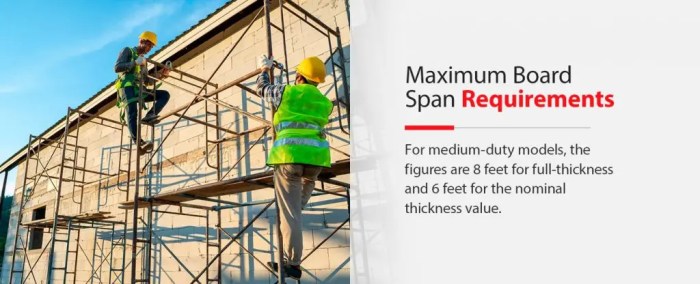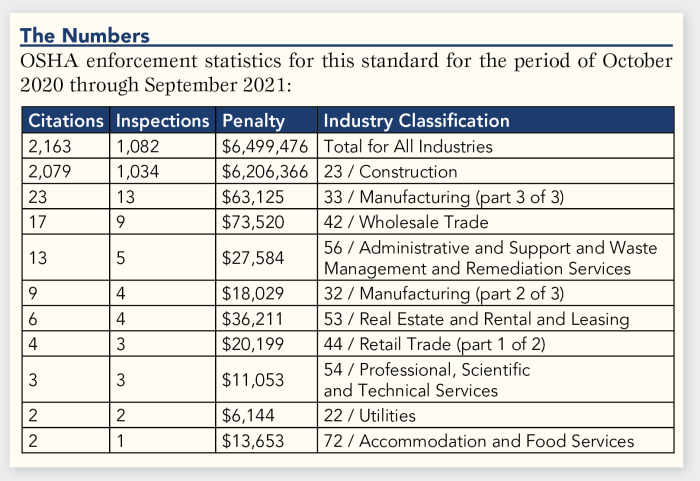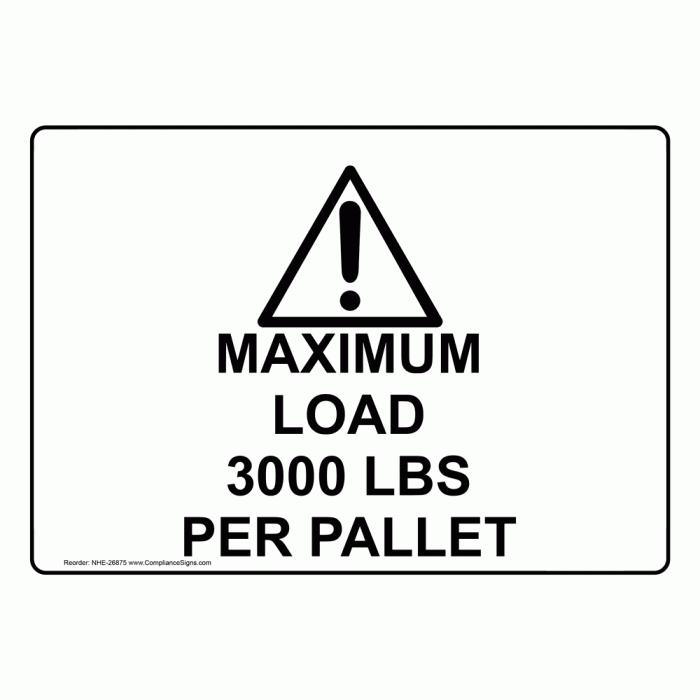What is a scaffold’s maximum intended load – Understanding the maximum intended load of a scaffold is crucial for ensuring safety and preventing accidents on construction sites. This comprehensive guide delves into the definition, factors, and significance of this critical aspect of scaffold use.
Scaffolds are temporary structures used to provide access to elevated areas and support workers and materials during construction, maintenance, and repair projects. They come in various types, including fixed scaffolds, mobile scaffolds, and suspended scaffolds, and are constructed from materials such as steel, aluminum, and fiberglass.
1. Scaffold’s Definition

A scaffold is a temporary structure erected to provide access to elevated areas during construction, maintenance, or repair work. Its primary function is to support workers and materials safely at various heights.
Scaffolds come in different types, including:
- Supported scaffolds: Rest on a stable base and are anchored to the ground or structure.
- Suspended scaffolds: Hung from overhead supports and provide access to hard-to-reach areas.
- Mobile scaffolds: Mounted on wheels or casters, allowing for easy movement around the worksite.
Materials commonly used in scaffold construction include:
- Steel: Durable and strong, suitable for heavy-duty applications.
- Aluminum: Lightweight and corrosion-resistant, ideal for portable scaffolds.
- Wood: Cost-effective and easy to assemble, but less durable than steel or aluminum.
2. Components of a Scaffold

Essential components of a scaffold include:
- Standards: Vertical members that support the platform.
- Ledgers: Horizontal members that connect the standards.
- Transoms: Diagonal members that provide stability and rigidity.
- Platform: The work surface where workers stand.
- Toe boards: Barriers that prevent workers from falling off the edges.
- Guardrails: Barriers that prevent workers from falling over the sides.
Safety features incorporated into scaffold designs include:
- Anti-slip surfaces on platforms.
- Handrails and toe boards to prevent falls.
- Secure anchorage points to prevent collapse.
- Fall arrest systems for added protection.
Popular Questions: What Is A Scaffold’s Maximum Intended Load
What is the maximum intended load of a scaffold?
The maximum intended load refers to the maximum weight that a scaffold is designed to support safely.
What factors determine a scaffold’s load-bearing capacity?
Factors include the type of scaffold, the materials used, the design, and the condition of the scaffold.
Why is it important to adhere to the maximum intended load specifications?
Exceeding the maximum intended load can lead to scaffold collapse, injuries, or even fatalities.

